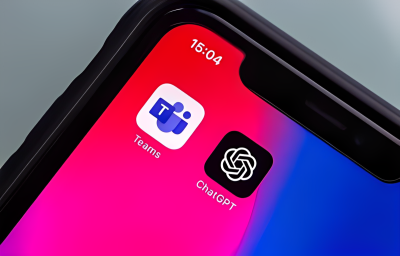Highlights:
- A developing technology called quantum networking may one day enable data transmission with higher security than is currently possible.
- Data can only move a relatively small distance when transmitted as light over a network before errors start to appear.
According to a recent report, Amazon Web Services Inc. has partnered with De Beers PLC to produce diamonds for quantum networks.
According to a recent Bloomberg report, a De Beers subsidiary named Element Six is involved in the partnership. The subsidiary has opened a facility in Oregon that can produce millions of artificial diamonds annually, meant for networking purposes. Element Six will work with an AWS division called the Center for Quantum Networking, which debuted last year, as part of the partnership.
A developing technology called quantum networking may enable data transmission with higher security than is currently possible one day. AWS intends to integrate the technology into its infrastructure, according to Bloomberg. For tasks like connecting cloud data centers together, quantum networking hardware might be used.
In a data center network, information is encoded to light and then transmitted over fiber optic cables to its final location. Quantum networks also use light to transmit data. However, they go about it in a way that makes it much more difficult for hackers to eavesdrop on data traffic secretly.
The observer effect, a phenomenon, causes observing subatomic particles to change some of their characteristics. The state of the photons passing through the fiber optic cables of a quantum network is altered when a hacker observes those photons. Therefore, the ensuing interference enables the network operator to identify a breach right away.
Quantum networks also make it difficult for hackers to copy traffic, which is another advantage. This lowers the possibility of data exfiltration, further enhancing security. Nevertheless, one of the biggest challenges to putting the technology into practice is how challenging it is to copy information in quantum networks.
Data can only move a relatively small distance when transmitted as light over a network before errors start to appear. The reason is that as light signals carrying data travel farther and farther from their source, they weaken.
Conventional networks have a repeater component as a solution to that problem. To prevent errors, it gathers information-carrying light pulses before they begin to fade, makes a new copy, and then sends the copy in place of the original. However, in quantum networks, copying data in this way is impossible, making it impossible to use conventional repeaters.
Quantum networks are unsuitable for connecting geographically dispersed systems because long-distance data transmission calls for repeaters. This limits the technology’s applicability to cloud service providers. The new alliance between AWS and De Beers aims to overcome this difficulty.
As part of the collaboration, the cloud behemoth is creating a novel repeater operating in quantum networks. According to reports, AWS intends to produce components using artificial diamonds grown by De Beers’ Element Six division. A significant step toward creating commercial-grade quantum networks would be the creation of a working quantum repeater.
According to Bloomberg, Antia Lamas-Linares, AWS Center for Quantum Networking head, expects the technology to be used in “years rather than decades.”
Competitors of AWS are also investing in cutting-edge networking technologies. Microsoft Corp. purchased the networking startup Lumenisity Ltd. in December of last year. The startup has created a new fiber optic cable to transmit data more securely and quickly than existing hardware.
Lumenisity’s cables differ from regular fiber optic links as they are hollow. Before being acquired by Microsoft, the startup claimed that data could move through the hollow core 50% more quickly than with standard network hardware. Additionally, the technology enables traffic protection using quantum encryption algorithms, which are more secure than the software used today.














